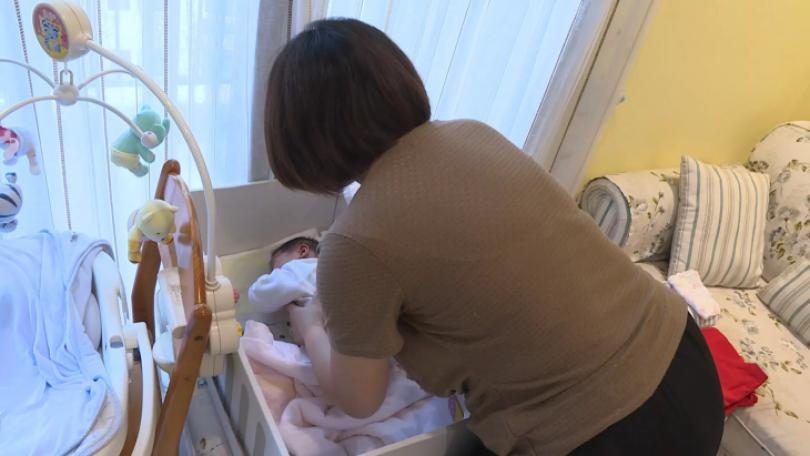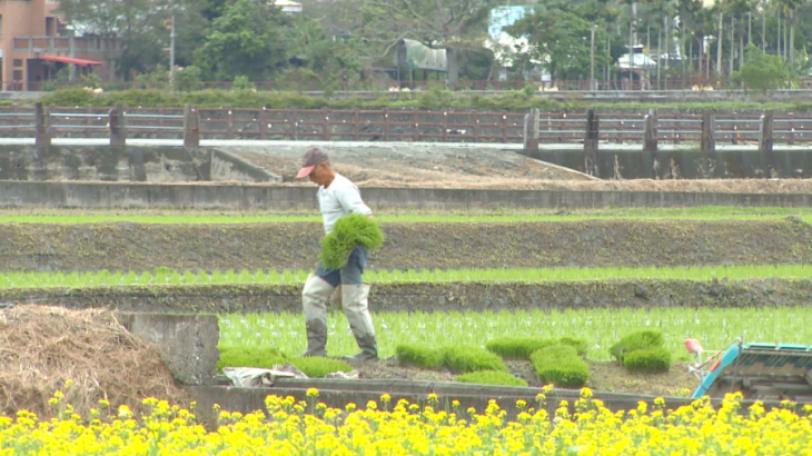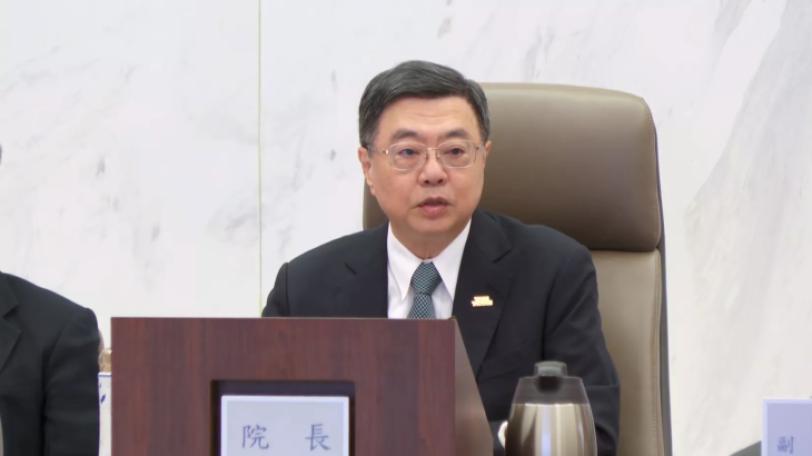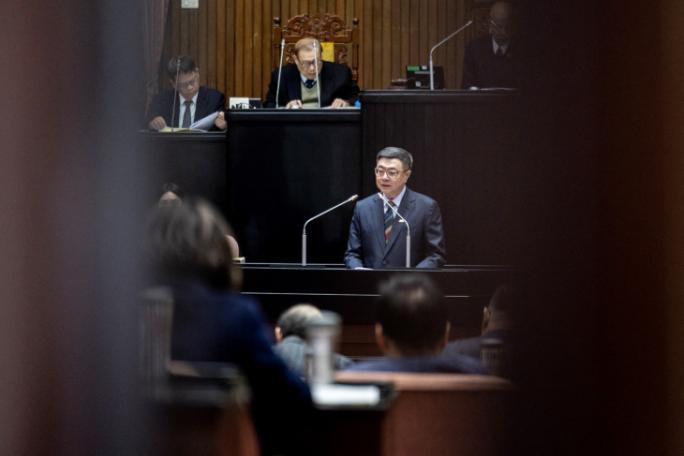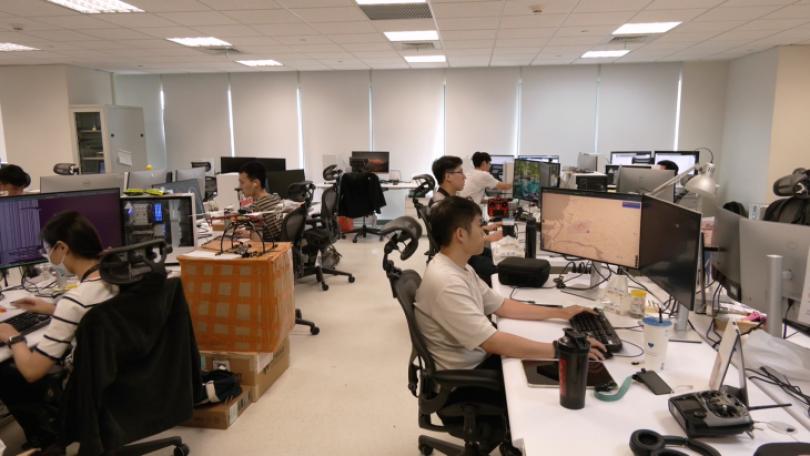New Health Insurance Co-payment System Split Into 2 Stages 健保部分負擔新制2階推動 最快4月實施
The new health insurance co-payment system, which has been delayed since May last year, is finally on its way. Co-payment for emergency visits and medication will be implemented in April at the earliest.
Some people go to the largest hospitals regardless of serious or minor illnesses. In order to change people's medical habits and implement tiered medical care, the National Health Insurance Administration announced that it will implement a new co-payment system in April at the earliest. The first to be affected is emergency room visits and outpatient medication. For example, if the triage classification is a mild case of level 4 or 5, the co-payment will be increased to NT$800 if a patient goes to a medical center's emergency room in the future. But if it is a severe case of level 1 or 2, the fee will be reduced to NT$300. Approximately one million people will be affected each year.
Shih Chung-liang, Director-General, NHIA: “About 1 million people will be affected in a year. And out of this 1 million people, about half of them are grade 1 or 2 in severity and will have their co-payment reduced.”
In terms of co-payment on outpatient medicines, clinics and district hospitals will maintain the status quo, and co-payment will be exempted for medication below NT$100. While medication above NT$101 will be charged in step-by-step intervals, with an upper limit of NT$200. As for continuous prescriptions for chronic diseases, if patients receive the medication at a clinic or a district hospital, they will be exempted from part of the co-payment three times. However, if patients receive such medication at a regional hospital or a medical center, they will be charged according to the level, with an upper limit of NT$300.
Lin Ya-hui, Executive Director, Taiwan Healthcare Reform Foundation: “Many multiple chronic disease patients will not only have medical prescription needs. They will also need regular inspections and other medical needs. And the costs accumulated over a year will be no small burden.”
As for the co-payment for inspections and exams, the NHIA emphasized that it will have a wide impact because it involves refunds and other supporting facilities. They need to further communicate with the medical community, the Healthcare Reform Foundation, the Consumers' Foundation, and other civic groups before deciding on the time for launch.
有些人不管大病或小病,都往大醫院跑。為了改變民眾就醫習慣、落實分級醫療,健保署宣布,最快4月實施部分負擔新制,將優先調整急診及門診藥品部分負擔。例如檢傷分類如果是第4、5級的輕症,未來到醫學中心掛急診,部分負擔將提高到800元;但若是第1、2級的重症,則調降為300元。預估一年約有100萬人受影響。
健保署長石崇良預估:「一年大概影響的人數,大概在100萬人左右。那這裡面呢,大概一半一半,就是有一半是1、2級(重症),他是會負擔下降的。」
而在門診藥品部分負擔方面,基層診所、地區醫院維持現狀,藥費100元以下免收部分負擔,101元以上則依級距收取,上限為200元;至於慢性病連續處方箋,在基層診所、地區醫院領取的話,3次都免收部分負擔,但是在區域醫院、醫學中心領取,則依級距收取,上限為300元。
醫改會執行長林雅惠指出:「多重慢性病族群,不會只有慢箋這樣的就醫需求,他還會有定期的檢驗檢查,以及其他的就醫需求。那累積下來,一年將會是不小的負擔。」
至於檢驗檢查部分負擔,健保署強調,因為涉及退費等配套,影響層面廣,將與醫界、醫改會、消基會等團體進一步溝通後,再決定上路時間。

